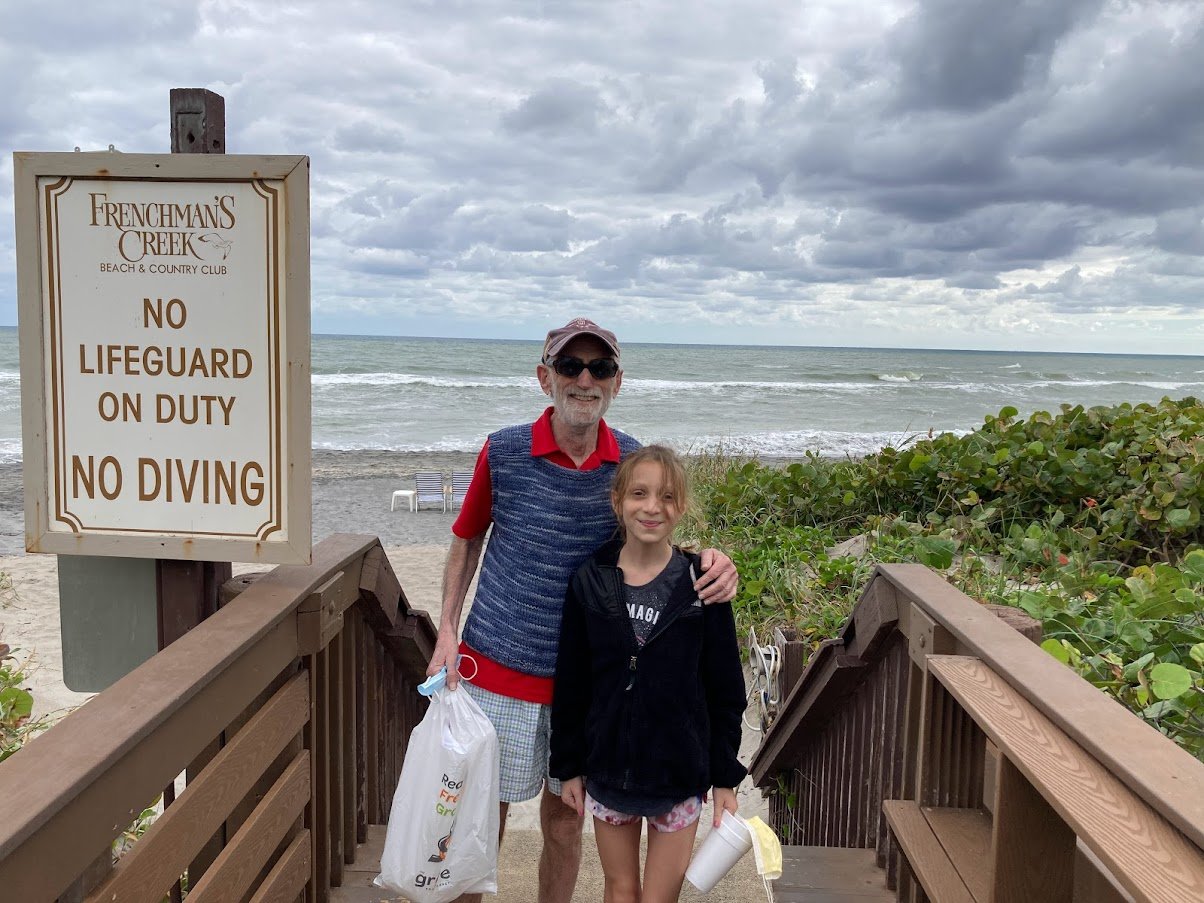The beauty of small, natural things
Once upon a long time ago, in my boyhood, we burned firewood on our hearth here at home. Especially on Sunday evenings.
We boys gathered sticks as kindling from the fallen branches of the city’s maple trees. Then we took our weekly bath in the upstairs tub and came down the steps to listen to the crackling of the logs and our mom, who read us tales from among the storybooks in the bookcases surrounding the parlor bricks and grate.
By the time we were warmed up, we were eager to listen to the FDR chat on the large floor-model radio. President Franklin D. Roosevelt gave reassuring but also challenging reports on the world beyond our mohair drapes and cobbled driveway. Our famous “rendezvous with destiny.”
In Torah, our spiritual Tree of Life, divinity has a voice and holds forth with Moses, in Exodus, guiding him to seek the painful pathway to freedom.
To little me, the burning bush meant not only the red leaves outdoors, but the crimson flames indoors, and the voices of my personal Moses: Moe, my dad.
On the walls surrounding the mantel, there was a letter he had written titled, “Save the Food,” which had been read aloud in Congress! (No, not in World War II, but in World War I, the “Great War,” which had been fought tragically when he was a lad.)
I am composing this bit of nostalgia to suit, I hope, the upcoming Jewish holiday of Tu b’Shevat, the “New Year for the Trees.”
My theory is that all religions have a special connection with trees. Trees in Eden – some for good, some not so much. Trees for papyrus to record history. Trees for fruit, for shade, for wood to make furniture.
Trees as blessings with a kind of wisdom, with roots, twigs for bird nests and leaves that silently serve as artistic shapes and poetic messages.
A “tree-hugger” is sometimes a term of respect and sometimes disdain, but I learned all the verses about trees by rote and recited them on the stages of all the public schools I attended.
Tu b’Shevat, which this year starts on Jan. 27, is not all about the fruit, but rather the sermons regarding respect for Genesis. A reminder that everything is sacred and worthy to be respected, not merely exploited for gain.
My family recently spent a few days at Frenchman’s Creek, in West Palm Beach, Florida, and y’know what were my favorite moments? One was when my granddaughter Eleanor and I collected seashells on the beach: the shore was kind of rough, but we gathered the treasure to share as souvenirs.
Eleanor is a witty and humorous child, always game for whatever comes or goes, and she even saved the white hairs from my beard after her mom, Emily, shaved me during the COVID-19 ban on barbershops. Eleanor put that “treasure” in a saucer, and sought some more, but I preferred the mollusks.
I can say anything to Eleanor, and she is quick to catch my drift. And my nonsense.
Her sister, Daphne, found a fallen coconut shell with wee eggs inside and researched what they might be. Too bad, they were not bird eggs, but lizard eggs that didn’t need their mom.
And these were, for me, the high points of the preview of the winter of 2022: their concern for the beauty of little things, little creatures, not the grown-up taste for golf or commerce or ease and comfort, but appreciation of the quiet voice from Nature that teaches us different lessons that each generation must learn, baby step by baby step.
There are many Jews from Rhode Island who spend time outdoors in the land fabled as having the Fountain of Youth. They drive in their carts among the paths with verdant, but artificial, landscapes – but it takes the small fry to discover the sacred secrets of the daily details.
Scripture in nature! A burning bush of inspiration.
MIKE FINK (mfink33@aol.com) teaches at the Rhode Island School of Design.








